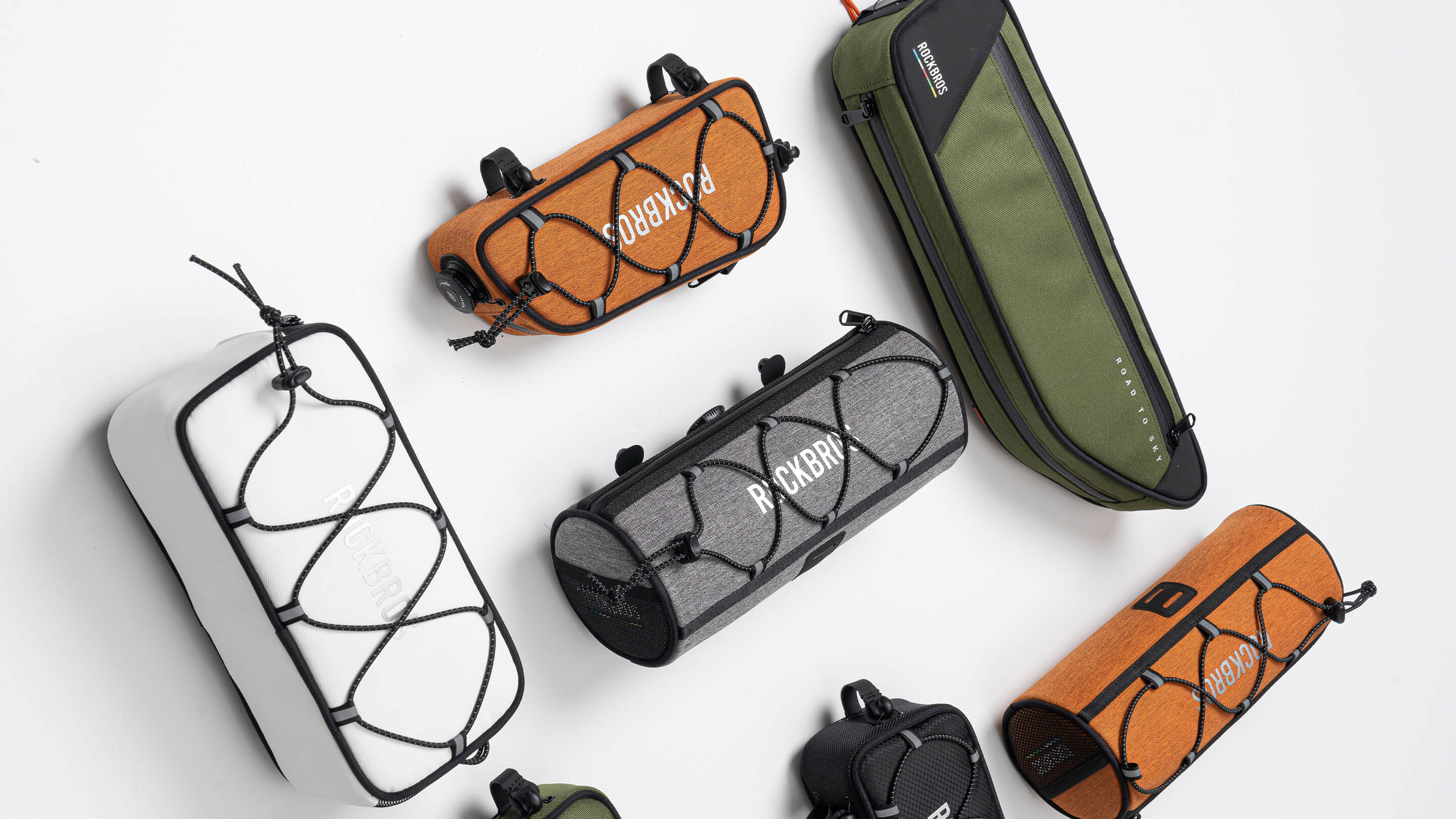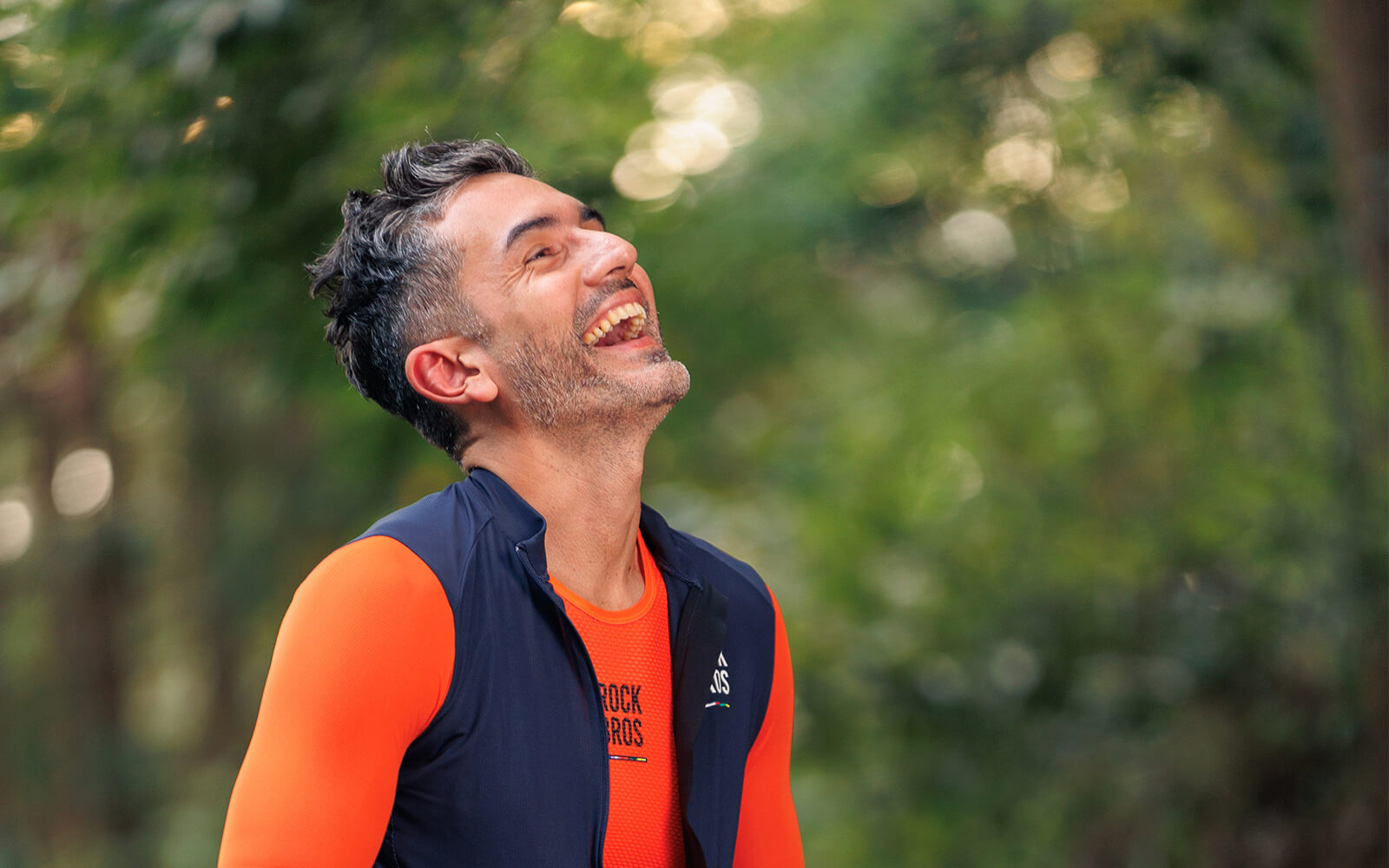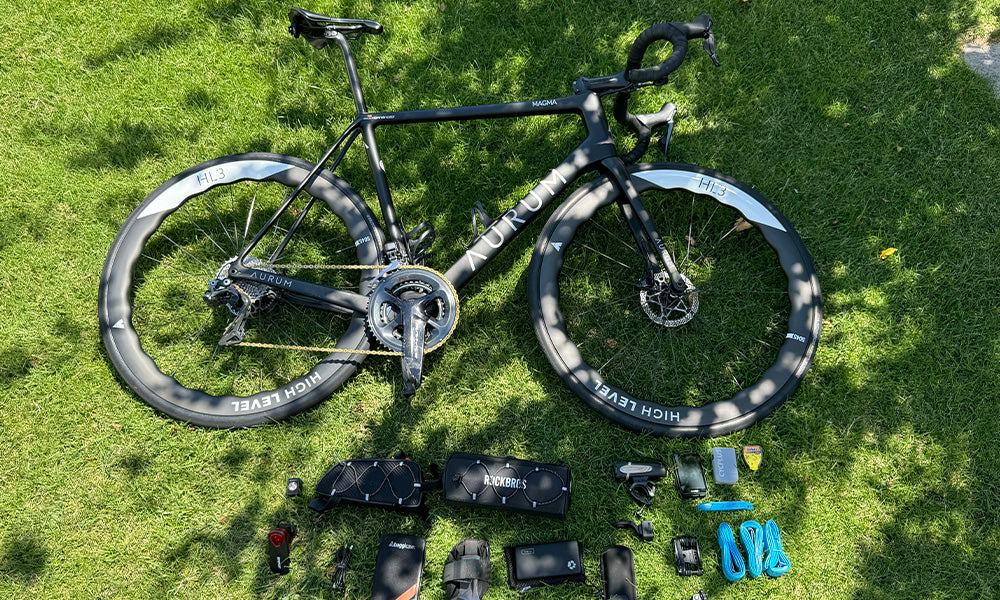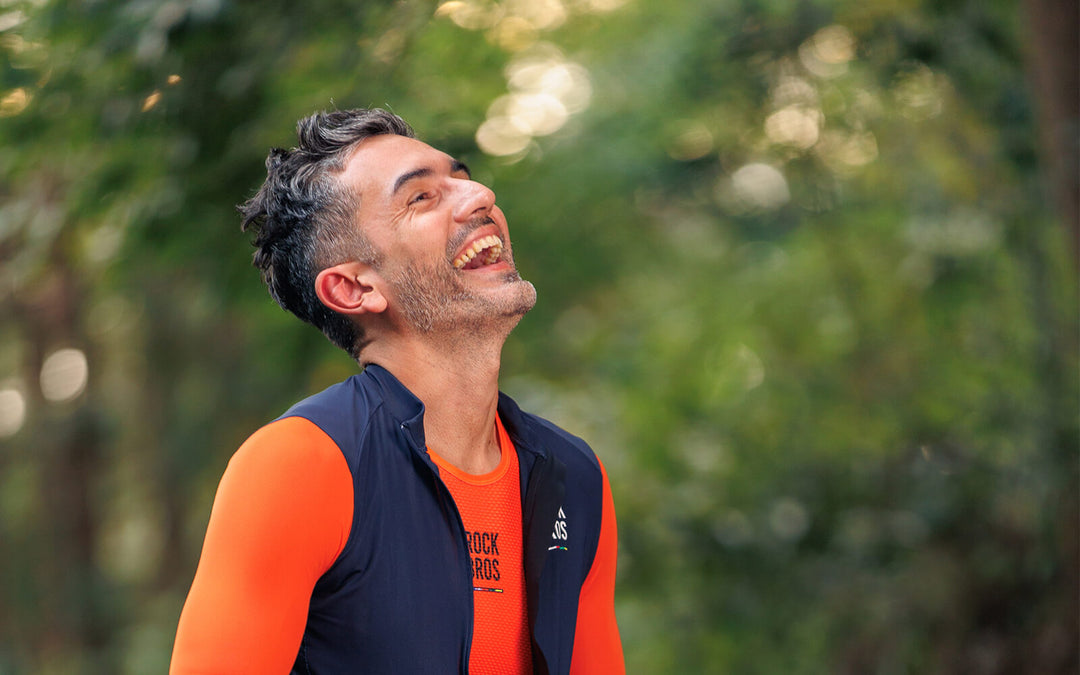Choosing the Right Cycling Gloves
A Complete Guide to Choosing the Right Cycling Gloves

I'll never forget my first winter ride without proper gloves. It was December in Colorado, and I thought I'd be fine with my regular workout gloves for a quick 20-mile loop. By mile five, my fingers were so numb I could barely shift gears, and by mile ten, I was seriously questioning my life choices. That ride taught me a valuable lesson: cycling gloves aren't just another piece of gear to stuff in your bike bag—they're essential equipment that can make or break your ride.
Yet somehow, gloves remain one of the most overlooked pieces of cycling gear. We obsess over bike frames, wheels, and jerseys, but when it comes to the two points where we actually touch our bikes for hours on end, we often grab whatever's convenient. After years of commuting through Chicago winters, bikepacking across the Pacific Northwest, and countless summer centuries, I've learned that the right cycling gloves can transform your riding experience.
Why Cycling Gloves Matter More Than You Think
Comfort is Everything
Your hands take a beating on the bike. Between road vibrations, constant pressure on the handlebars, and sweat buildup, unprotected hands quickly become uncomfortable hands. Quality cycling gloves provide crucial padding that reduces pressure points and prevents the dreaded "dead hands" feeling that creeps up during longer rides. They also wick moisture away from your skin, maintaining grip even when you're pushing hard on a hot summer climb.

The grip factor alone is worth the investment. I've seen too many riders struggle with slipping hands during technical descents or emergency braking situations. Good gloves create that confident connection between you and your bike that lets you focus on the road ahead rather than your grip.
Safety First
When things go sideways (literally), your hands instinctively hit the ground first. Even a simple spill on a bike path can leave you with road rash that takes weeks to heal. Cycling gloves act as a first line of defense, protecting your palms and fingers from cuts and abrasions. Trust me, explaining gnarly hand injuries to your coworkers gets old fast.
Seasonal Adaptability
This is where cycling gloves really shine. The same hands that need cooling airflow in July require serious insulation come January. The right seasonal gloves let you ride comfortably year-round, extending your outdoor season and keeping those winter fitness gains on track.
Types of Cycling Gloves: Finding Your Match
Fingerless Gloves (Short Gloves)

These are the workhorses of warm-weather riding. Fingerless gloves give you maximum dexterity for shifting, braking, and handling your phone at rest stops while still providing palm protection and sweat management. They're perfect for road cycling, casual rides, and commuting when temperatures are above 60°F. The key is finding pairs with enough padding to matter but not so much that you lose bar feel.
Full-Finger Gloves

Once temperatures drop or you head off-road, full-finger gloves become essential. Mountain bikers particularly benefit from the added knuckle and finger protection when navigating tight trees or technical terrain. These gloves offer complete hand coverage while maintaining enough dexterity for gear changes and brake modulation. Look for reinforced fingertips if you're hard on your gear.
Winter Thermal Gloves
When the mercury drops below 40°F, regular cycling gloves just won't cut it. Winter thermal gloves prioritize warmth and weather protection over maximum dexterity. The best ones balance insulation with enough flexibility to maintain control. Features like windproof outer shells, thermal linings, and water resistance become non-negotiable for serious cold-weather riding.
Bikepacking and Long-Distance Gloves
Multi-day adventures require gloves built for the long haul. Durability trumps weight savings here, and comfort becomes paramount when you're spending 8+ hours a day on the bars. Look for reinforced wear points, superior padding, and materials that won't fall apart after weeks of constant use. Some of my favorite long-distance gloves have lasted through multiple cross-country tours.
How to Choose the Right Pair
Match Your Season
Start with your local climate and riding season. If you're primarily a fair-weather rider, invest in quality warm-weather gloves before worrying about winter options. But if you're committed to year-round riding, having season-specific gloves makes the difference between suffering through rides and actually enjoying them.
Consider Your Riding Style
Commuters need different gloves than weekend warriors. Daily riders benefit from durability and weather versatility, while recreational cyclists might prioritize comfort and breathability. Mountain bikers require more protection, while road cyclists often prefer minimal bulk for maximum bar feel.
Material Matters
Synthetic materials generally offer better moisture management and dry faster than natural materials, making them ideal for sweaty summer rides. Leather provides excellent durability and grip but takes longer to dry. For winter riding, look for windproof outer shells with insulating layers—materials like fleece lining or thermal synthetic fills work well in most conditions.
Get the Fit Right

Gloves should fit snugly without being restrictive. Too loose and you'll develop blisters; too tight and you'll restrict circulation. Most quality cycling gloves run slightly small compared to regular gloves, so don't be surprised if you need to size up. Try flexing your fingers and making a fist—you should have full range of motion without excess material bunching up.
Practical Tips from the Road
Always Pack a Backup
On any ride longer than two hours, I carry a spare pair of gloves. Weather changes, gloves get soaked from unexpected rain, or you simply need a fresh pair halfway through a long day. Lightweight fingerless gloves take up almost no space and have saved countless rides.
Visibility Counts
Especially for commuters and early morning riders, gloves with reflective elements significantly improve your visibility to drivers. It's a small detail that makes a real safety difference during those crucial dawn and dusk hours when visibility is compromised.
Breathability and Shock Absorption Are Key
Two features that often get overlooked but make the biggest difference in real-world riding are breathability and shock absorption. Poor ventilation turns your hands into sweaty messes during longer rides, creating slippery conditions and discomfort that can ruin an otherwise perfect day. Look for gloves with mesh panels or perforated palms that allow airflow while maintaining protection.
Shock absorption is equally crucial, especially for riders tackling rough roads or trails. Quality padding doesn't just prevent numbness—it reduces fatigue and lets you ride longer with better control. Some of the best gloves I've used, including options from brands like RockBros' Road to Sky series, excel at balancing effective cushioning with breathable materials that keep your hands comfortable mile after mile.

Don't Neglect Maintenance
Quality cycling gloves last longer with basic care. Turn them inside out to air dry after rides, wash them regularly (check the care instructions), and rotate pairs when possible. Well-maintained gloves not only last longer but also perform better and smell better too.
Conclusion

Cycling gloves might seem like a small detail in the grand scheme of bike gear, but they're one of those investments that pays dividends on every single ride. Whether you're commuting through city traffic, exploring gravel backroads, or pushing through mountain singletrack, the right gloves create that essential connection between you and your bike while keeping your hands comfortable and protected.
The best cycling gloves guide is ultimately your own experience on the bike. Start with one good pair that matches your primary riding style and season, then build your collection based on what you actually need. Don't overthink it—even basic cycling gloves are infinitely better than bare hands or generic work gloves.
Remember, great riding gear isn't about having the latest and greatest—it's about having equipment that lets you focus on what matters most: enjoying every mile, every climb, and every moment of freedom that drew you to cycling in the first place. Your hands are along for every adventure, so give them the protection and comfort they deserve.








Hinterlassen Sie einen Kommentar